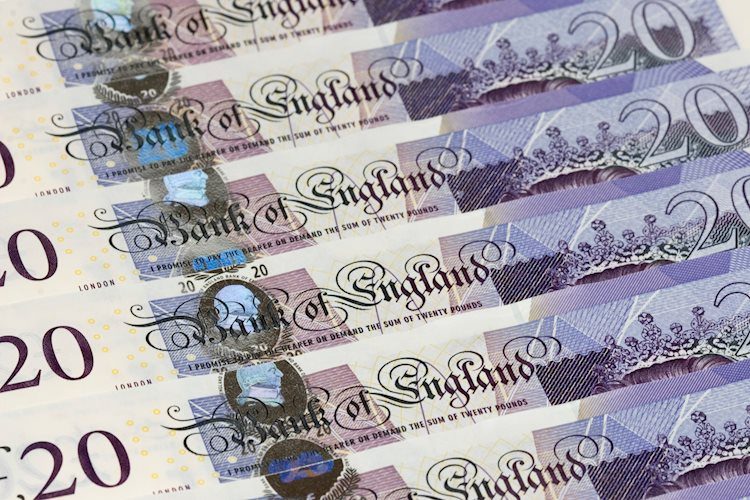
- GBP/USD drifts lower for the third successive day and drops to a multi-week low on Thursday.
- A combination of factors continues to push the USD higher and exert pressure on the major.
- The fundamental backdrop supports prospects for a further near-term depreciating move.
The GBP/USD pair extends this week’s retracement slide from the vicinity of the 1.2300 mark and remains under some selling pressure for the third successive day on Thursday. The pair weakens further below the 1.2100 round figure, hitting over a three-week low during the Asian session, and is pressured by sustained US Dollar (USD) buying interest.
Growing acceptance that the Federal Reserve (Fed) will stick to its hawkish stance remains supportive of elevated US Treasury bond yields and continues to underpin the Greenback. In fact, the markets are still pricing in the possibility of one more Fed rate hike move by the end of this year. This allows the yield on the benchmark 10-year US government bond to hold steady close to a 16-year peak, around the 5% psychological mark touched earlier this week. Apart from this, a generally weaker risk tone turns out to be another factor benefitting the safe-haven buck, which, in turn, is seen exerting some pressure on the GBP/USD pair.
The British Pound (GBP), on the other hand, is weighed down by expectations that the Bank of England (BoE) will keep interest rates on hold at a 15-year high of 5.25% on November 2 on the back of looming recession risks. The bets were lifted by softer UK labour market data and flash PMI prints, which should allow the BoE to keep interest rates on hold. This contributes to the offered tone surrounding the GBP/USD pair and supports prospects for a further near-term depreciating move. In the absence of any relevant market-moving economic releases from the UK, traders now look to the US macro data for some meaningful impetus.
Thursday’s US economic docket highlights the release of the first estimate (Advance) of the US GDP print for Q3, along with Durable Goods Orders, due later during the early North American session. This, along with Fed Governor Christopher Waller’s scheduled speech and the US bond yields, should influence the USD. Apart from this, the post-ECB volatility in the market should produce short-term trading opportunities around the GBP/USD pair. Nevertheless, the aforementioned fundamental backdrop favours bearish traders and suggests that the path of least resistance for spot prices remains to the downside.